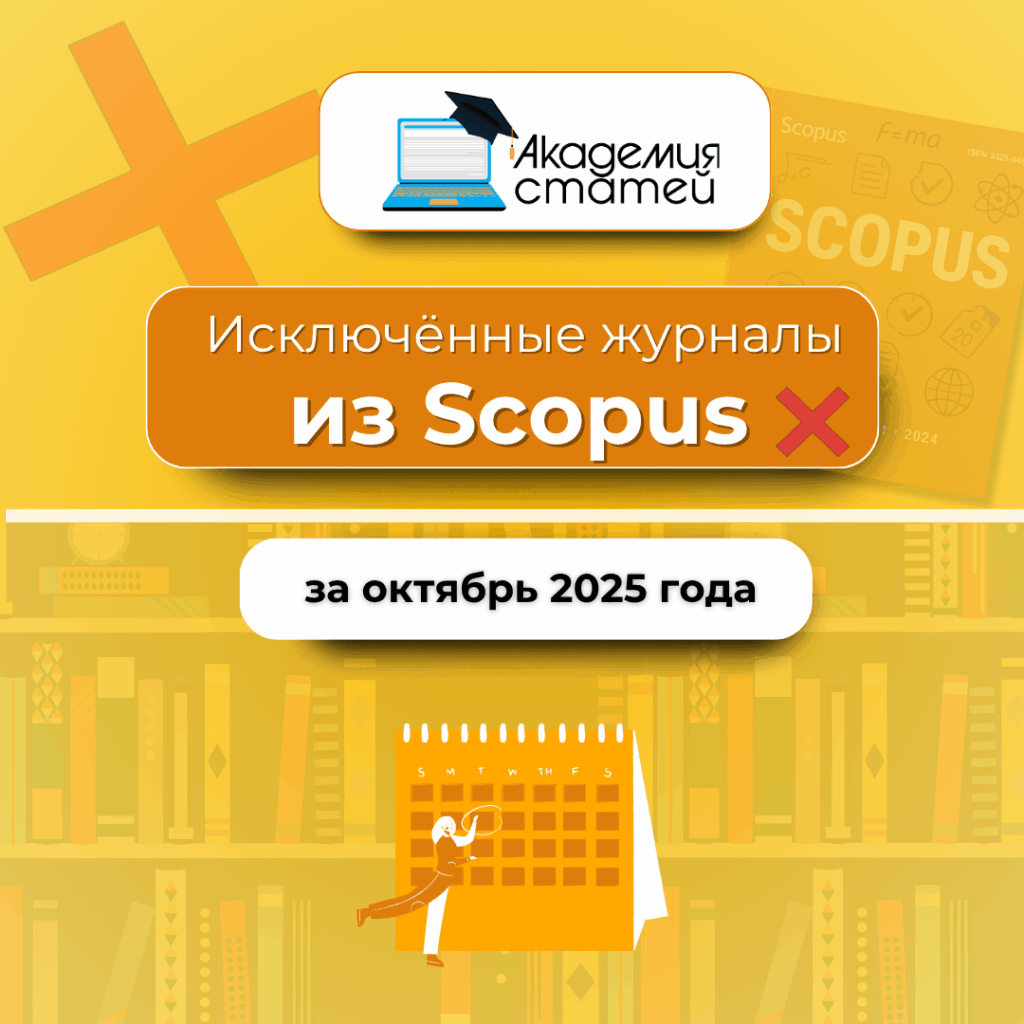After so much effort in crafting the perfect article, finding the right academic journal to publish it in becomes the next big challenge. Which one will attract attention to your research? Which one will help increase your visibility? Which one is focused on your field of research? Choosing the right journal for publication can be a real challenge, but this step is crucial for academic publication.
Why publish your work?
The expression "publish or perish" may sound familiar, as a researcher's recognition and career often depend on the publication of their research. But this doesn't mean you should jump at the first opportunity and publish your research in any top journal. From goals to scope, values, and ethical standards, there are many things to consider before choosing a journal to publish your research.
Here is a list of steps you should follow before choosing the right magazine to make it easier for you.
- Create a list of journals on your topic;
- Review the shortlisted journals and determine their objectives and scope to ensure that your manuscript complies with the guidelines of these journals;
- Check their impact factor;
- Check your reception speed;
- Consult with your senior lecturers or professors about this academic publisher.
Key factors when choosing a journal
Whether your priorities are quick publication, wide geographic reach, or anything else, you can find a number of good deals.
When choosing a journal, consider the following factors:
- Objectives and scope of the journal;
- The target audience of the journal and the history of recent publications;
- The significance and attractiveness of the results described in your work;
- The type of research you did;
- How soon can you be published;
- Is there open access to information?
How can I find out more about the selected magazine?
When publishing scientific articles, choosing a journal is a strategically important step that gives your work the opportunity to shine and attract the attention of the right people. Therefore, this decision shouldn't be made without spending some time researching the best available papers. Be sure to follow these tips to get even closer to publication in the ideal journal:
- Check if you can submit an article – some journals are invitation-only;
- Use journal metrics to understand its impact:
- CiteScore metrics help measure a journal's impact on citations. These free, comprehensive, transparent, and current metrics are calculated using data from Scopus, the largest database of abstracts and citations for peer-reviewed literature.
- SJR or SCImago Journal Rank is based on the concept of transferring prestige between journals through their citation links;
- SNIP is a complex metric that takes into account differences in citation practices in specific fields;
- The JIF, or Journal Impact Factor, is calculated by Clarivate Analytics as the average of the sum of citations received in a given year relative to the previous two years of a journal's publications, divided by the sum of the "cited" publications in the previous two years.
- If possible, check out the journal on Journal Insights for more information on impact, velocity, and reach:
- Impact: Number of citations received by the average article in this journal;
- Speed: The average number of weeks it takes for an article to be reviewed. Essentially, this is the average number of weeks it takes for an article to reach key publication milestones in the production process;
- Reach: Number of downloads at the country/region level over the past five full years. Number of primary contributing authors at the country/region level over the past five full years.
Editorial quality of the magazine
The editorial quality noted in publications, including editorials, can provide clues to the quality of a journal. Spelling errors, grammatical and punctuation errors, or a lack of clarity and coherence in writing indicate a lack of editorial oversight and reviewer commitment. These clues may signal that the journal is unsuitable for publication. Titles and abstracts themselves can also reveal editorial quality—a title that is not descriptive or an abstract that requires more than one reading can be a warning sign.
The peer review process
Transparency of the peer-review process is a criterion of journal quality. A reputable journal will fully disclose its peer-review process, including the criteria used for review, the selection of reviewers, the type of review, the deadlines, and how the review process is handled by the editorial board.
Additional information, such as how to resolve conflicts of interest, confidentiality, and other ethical standards for reviewers, should also be available on the journal's website.
Ethics
A high-quality journal will include information on issues such as plagiarism, conflicts of interest, internal review board approval, informed consent, human and animal research, confidentiality, fraud, ghost authorship, data and image manipulation, and other ethical considerations. Journals should include information about ethics on their website, their expectations of authors, and how they address these issues.
Once your list has been narrowed down to two or three journals based on the above criteria, rank them as your first, second, and third choices based on your specific needs. After that, it's time to start writing your cover letter and submitting your manuscript.





